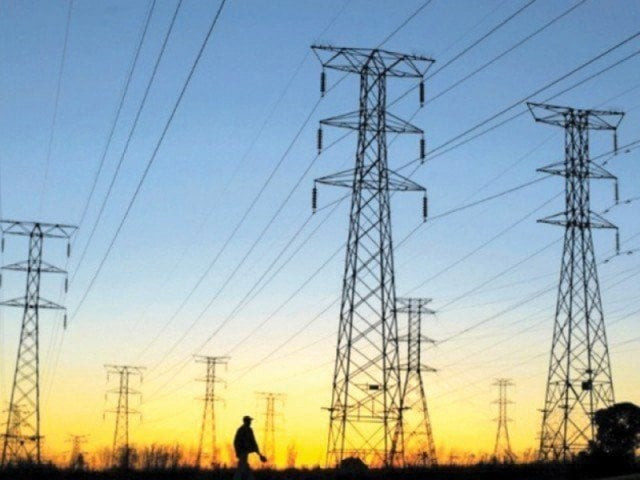Power companies can reduce T&D losses despite limitations
They need willingness from management, combination of carrot and stick from regulator

They need willingness from management, combination of carrot and stick from regulator.
PHOTO: FILE
Considering the political and social implications of this sensitive issue, the focus of all previous governments was to add more and more megawatts to the system at any cost.
As per the State of Industry Report, published by the National Electric Power Regulatory Authority (Nepra) for 2017, almost 7,000MW had been added to the system from 2013 to June 2017, which took the total installed capacity in the national transmission and distribution (T&D) system to 26,000MW while 2,200MW had been connected to the K-Electric system.
The spiralling circular debt of Rs1.2 trillion, which always breaks previous records, reminds us that the power, which is stolen, lost or not paid for, is not cheap. In Pakistan, the commonly associated terms with power generation and distribution are circular debt and line losses.
With more and more units being added to the system, the burden on the already deteriorated infrastructure increased and it resulted in more losses. According to the latest available figures from Nepra, presented in the Performance Evaluation Report 2016-17, many of the distribution companies incurred more T&D losses than those allowed to them in the tariff determination process.
Performance of some of the distribution companies is mindboggling. For instance, Sukkur Electric Power Company (Sepco) breached the allowed limit of T&D losses by almost 38%. If we carry out a root-cause analysis to identify the bad actors behind such underperformance, then it is clear that the commercial losses, which are due to energy theft and lack of law enforcement, are beyond the control of the distribution companies.
Incoming govt asked to make power companies more efficient
However, the distribution companies are fully responsible for not reducing the technical losses which comes due to their outdated infrastructure and inability to adopt latest technological advancements. Lack of strategic planning, relying on lower-voltage transmission system for long distances, too many joints in connections, incorrect sizing/specifications and over-loading of transmission system components – such as cables, transformers and obsolete manual meter reading and billing system – are a few areas that require immediate attention.
However, the irony is that the penalty of inaction by the distribution companies to reduce technical losses is always paid off by either through taxpayer money or by increasing the tariff burden on honest consumers.
K-Electric vs Hesco
Let’s look at the tale of the two distribution companies responsible for power transmission and distribution in adjacent cities - Karachi (K-Electric) and Hyderabad (Hesco).
Besides the fact that K-Electric is under private management and the Hyderabad Electric Supply Company (Hesco) comes under the Water and Power Development Authority (Wapda), the sharp contrast in the performance of their T&D networks is clearly visible over the past five years (2012-17).
While both companies started roughly at the same level of losses in 2012, K-Electric reduced its T&D losses by 22% for the same period whereas Hesco added 13% more to its already spiralling losses. It also shows that the objective to reduce T&D losses is achievable despite all the restrictions or limitations claimed by the distribution companies.
All they need is willingness and prioritisation from the management and a right combination of carrot and stick from the regulator. The reason why many distribution companies resort to mostly reducing commercial losses, and not technical losses, is that the latter is capital-intensive and time-consuming.
However, the effect of reducing technical losses is more profound, long-term and results in reduced power failures and tripping. The T&D system is the weakest link in the whole power generation and distribution supply chain and frequent disruptions during summer and rainfall as well as burgeoning circular debt are enough to raise red flags and highlight vulnerabilities in the system before the losses spiral out of control.
The writer is a financial market enthusiast and attached to Pakistan stock, commodity and debt markets
Published in The Express Tribune, January 7th, 2019.
Like Business on Facebook, follow @TribuneBiz on Twitter to stay informed and join in the conversation.



















COMMENTS
Comments are moderated and generally will be posted if they are on-topic and not abusive.
For more information, please see our Comments FAQ